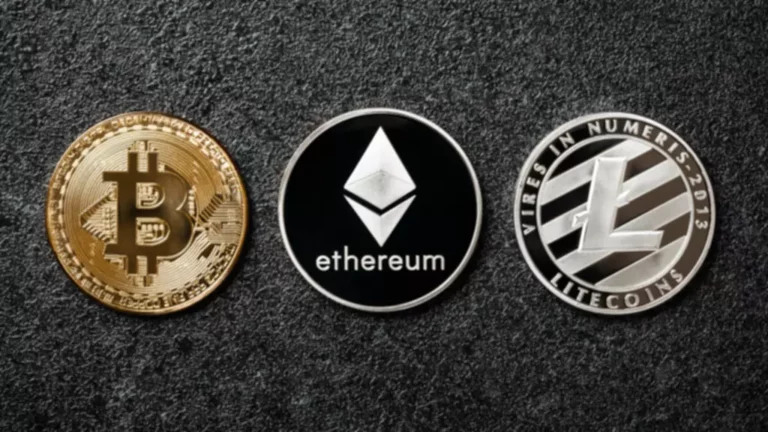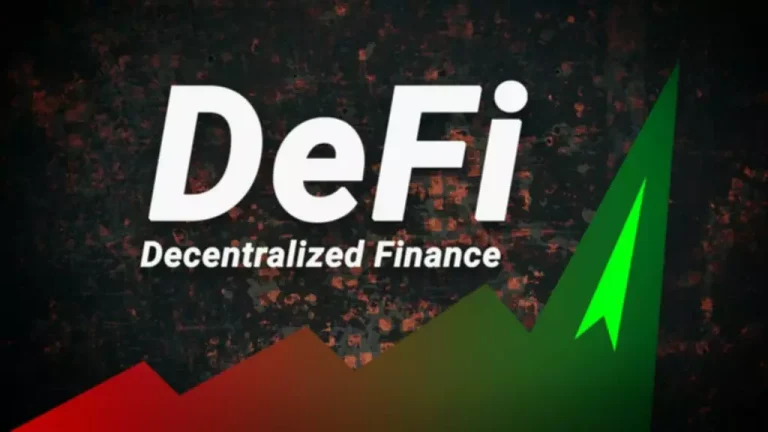As the name implies, stablecoins goal to deal with this drawback by promising to carry the worth of the cryptocurrency steady in a wide range of ways. As regards wholesale CBDC, the Bank has been conducting research on the technological and policy implications for a number of years, primarily based on a view that it was extra Stablecoin Payments likely that a case for issuance might emerge. Our first project, done in 2019 in conjunction with the Bank’s in-house Innovation Lab, developed a proof-of-concept of a DLT-based interbank cost system using a tokenised type of CBDC backed by change settlement account balances held at the Bank.

Stablecoins’ Position In Crypto And Beyond: Features, Dangers And Policy
Available 24/7 on blockchains, stablecoins permit for payments to be made faster, extra cost-efficiently, and at a global scale. These benefits are clear, however many businesses stay tentative about getting involved on this burgeoning digital currency. MiniPay’s success can be attributed to its robust lineup of on/off-ramp partners corresponding to Fonbank, Partna, Cashramp, YellowCard, Pretium, Transak, Ramp, Moonpay, Unlimit, Transfi, Onramp, and Banxa. These partnerships have facilitated tens of millions of dollars in transactions in MiniPay, ensuring that customers can easily transfer between native forex and stablecoins. To make this process even smoother, we’re excited to announce free on/off-ramp transactions by way of a quantity of key companions.

Would You Prefer To Study More About Our Monetary Providers Practice?

Initial focus has been on cash alternative for cost scenarios masking transportation, purchasing, and government companies. To ensure stability, an algorithm automatically manipulates the provision of the stablecoin in response to demand shifts. Finextra spoke to Chris Harmse, co-founder at BVNK; Yiannis Giokas, senior director, Moody’s Analytics; and Andrew Thomas, business solutions director, Freemarket about how they’re contemplating or presently utilizing stablecoins, the place the opportunities are, and what is holding the market again.
Fiat-collateralized Stablecoins
Services related to stablecoins within the EU primarily consist of acquisition, holding or promoting via different means, whereas the provision of providers for spending stablecoins at merchants is presently limited. Most stablecoins offered by EU PSPs are still USD-pegged, with just a few offering EUR-pegged stablecoins. However, for collateralised stablecoins like Tether and USD Coin, liquidity provision for decentralised buying and selling or lending is relatively low in comparability with their whole market capitalisation (less than 8%). This suggests they are still primarily used for other purposes within the crypto-asset ecosystem.

Are Stablecoins The Following Alternative In Payments?
Now, let us think about a world the place all kinds of financial property – bonds, equities, derivatives, commodities, and so forth – could be tokenised and transacted on blockchains. Mainstream fee firms corresponding to PayPal are increasing their publicity to stablecoins, whereas crypto firms corresponding to Circle are building partnerships with firms that can provide scale. The first methodology stablecoin issuers use to earn cash is thru the easy charging of redemption and issuance charges. TerraUSD (UST) was the biggest algorithmic stablecoin, reaching a market cap of more than $18.7 billion at its peak on May 5 before it began to plummet sharply after it slipped below its peg.
Ai Validation And Governance: How Banks Are Securing Their Ai Fashions
Given the speedy growth of the stablecoin market, stablecoins have to be introduced into the regulatory perimeter with urgency. A good instance is the EU’s proposed MiCA Regulation, which needs to be implemented urgently.[39] The EU is main international efforts to put in place a new, harmonised regulatory framework for stablecoins, building on the EU e-money directive and bearing in mind its limitations. The MiCA Regulation is a bespoke framework for the issuance and provision of providers related to stablecoins and different crypto-assets. Under this regulation, stablecoin issuers and crypto-asset service suppliers are subject to the same set of minimal requirements, regardless of their applicable licensing regime.
Beyond Borders: The Role Of Stablecoins In Global Funds
- Mainstream cost companies such as PayPal are rising their exposure to stablecoins, whereas crypto corporations such as Circle are building partnerships with firms that may present scale.
- Existing stablecoins urgently need to be brought into the regulatory perimeter, and new ones need a regulatory framework to be established.
- Stablecoins could also be pegged to a forex like the united states dollar, the price of a commodity corresponding to gold, or use an algorithm to control provide.
- The primary use case for stablecoins in the meanwhile is cross-border payments, significantly when emerging markets or exotic currencies are concerned.
- Concurrently, the PBoC has been testing cross-border payments with eCNY in Hong Kong, in a joint effort with the Hong Kong Monetary Authority.
- Insofar as unbacked crypto-assets might pose a risk to financial stability in the future, the important function some stablecoins play within the wider crypto-asset ecosystem is a concern for financial stability.
Similarly, many countries’ present digital cost methods are comparatively inefficient to function and sometimes not instantaneous or 24/7. In addition, there seems to be rising recognition that the network effects inherent in payments could lead to large (walled-garden) know-how companies or fee schemes coming to dominate the funds trade. So there might be potential advantages arising from central banks issuing general-purpose CBDCs that could be used by different varieties of entities, together with non-bank cost providers, to offer transfers between digital wallets of households and retailers. By introducing CBDCs, central banks would not be getting into the retail payments enterprise, but they would be offering a riskless and interoperable form of digital cash that could doubtlessly stimulate competition between different private-sector service providers. With the fast rise in circulation of stablecoins over the previous couple of years, central banks have stepped up efforts to discover their own steady digital currencies (Exhibit 2). Currently, there aren’t any examples of central banks adopting stablecoins but 94% are exploring a central financial institution digital forex (CBDC) because of its potential to enhance administration of financial policy.
The Rise Of Stablecoins And Funds
It will thus be important to adequately cowl all related entities and capabilities in a stablecoin arrangement. Global teams such as the FSB could present granular steering to close gaps in areas the place relevant standards or standard-setting bodies do not exist. Furthermore, the requirements ought to ensure consistency in requirements, regardless of the sectoral origin of a stablecoin’s sponsors, features and activities (for instance, if it is issued by a bank or by different entities), in accordance with the “same business, similar threat, same rule” principle.

Conversely, some stablecoins like First Digital USD (FDUSD) and Ethena USDe have experienced declines in market capitalization, underscoring the volatility inherent inside this section. Central Bank Digital Currencies (CBDCs) and stablecoins are each types of digital forex, but they differ significantly of their backing, issuance, and meant use. Another thrilling utility of stablecoins is their potential use in the Internet of Things (IoT) trade; as extra gadgets connect with the internet, the necessity for automated and seamless funds between machines will grow. For example, an electrical car may routinely pay for charging using stablecoins, or a sensible fridge could reorder groceries and pay the retailer with out human intervention.
This might ensure that massive establishments may have confidence in shopping for and promoting tokenised belongings. More broadly, I assume it is probably that a world making greater use of DLTs, smart contracts, etc will nonetheless discover a important role for some degree of centralised methods and decision-making. Clearly these technological considerations, regulatory actions, and market dynamics carry main systemic implications for banking and the payments business. Sheer regulation is highly unlikely to suppress the demand for digital currencies, and innovators will continue to push the envelope by creating new uses and distribution fashions satisfying both demand and legislative requirements. Similarly, the results of initial pilots and ongoing analysis of CBDCs will help shape their evolution and potential adoption. Blockchain’s point-to-point fee power is a game-changer within the monetary panorama, eliminating the need for transaction intermediaries.
Their pivotal function in fostering monetary inclusion and transparency is reshaping world transactions and empowering companies and freelancers with environment friendly alternatives to navigate the challenges of a rapidly evolving digital economy. Traditional cross-border transactions are sometimes burdened by hefty charges imposed by banks and Web2 cost processors. The absence of third-party involvement in stablecoins streamlines the transaction course of, translating into cost savings for users. For instance, PayPal costs businesses transaction processing fees between 1.90% and 3.49%, plus a set payment per transaction.
Read more about https://www.xcritical.in/ here.





















